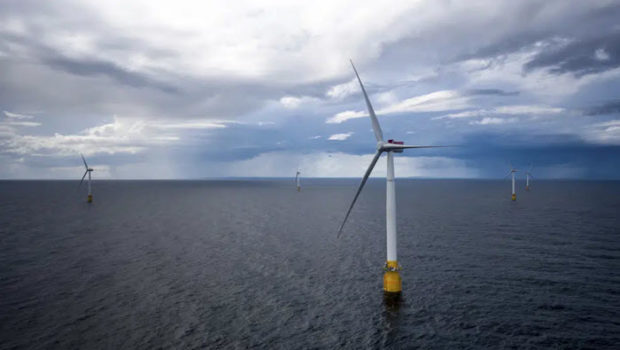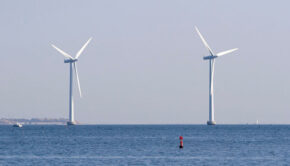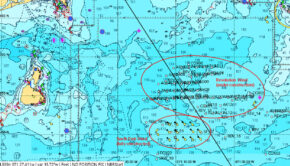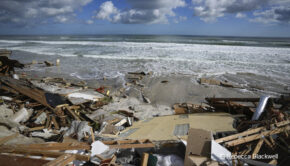Floating wind farms coming to California
Published on December 8th, 2022
While it is a long time from happening, navigating off of California may ultimately get a bit more complicated, according to this report by the Associated Press:
The first-ever U.S. auction of leases to develop commercial-scale floating wind farms in the deep waters off the West Coast attracted $757 million in winning bids on December 7 from mostly European companies, in a project watched by other regions and countries just getting their own plans for floating offshore wind started.
The auction featured five lease areas — two in Northern California and three in Central California — about 25 miles off the coast that have the potential to generate 4.5 gigawatts of energy, enough for 1.5 million homes. Combined, the lease areas cover 583 square miles of Pacific Ocean.
The winning bids came from Norway’s Equinor; California North Floating, part of Denmark’s Copenhagen Infrastructure Partners; Germany’s RWE AG, and Central California Offshore Wind, a part of the French and Portuguese joint venture Ocean Winds. Invenergy was the only American company with a winning bid.
Offshore wind is well established in the U.K. and some other countries but is just beginning to ramp up off America’s coasts, and this is the nation’s first foray into floating wind turbines. U.S. auctions so far have been for those anchored to the seafloor.
The growth of offshore wind comes as climate change intensifies and need for clean energy grows. It also is getting cheaper. The cost of developing offshore wind has dropped 60 percent since 2010, according to a July report by the International Renewable Energy Agency. It declined 13 percent in 2021 alone.
The auction netted less than the $4.37 billion generated by an offshore wind lease sale off the East Coast earlier this year, which was expected by at least one industry group. Those leases involved turbines fixed to the seafloor in shallower water.
Industry experts say the lower bids this week are likely due to the lack of maturity in the offshore wind market on the West Coast and the nascent technology involved in anchoring floating wind farms in deep ocean waters. Uncertainties about transmission infrastructure, siting and permitting also played a role, they said.









 We’ll keep your information safe.
We’ll keep your information safe.